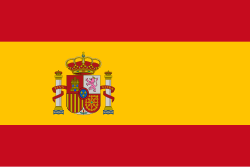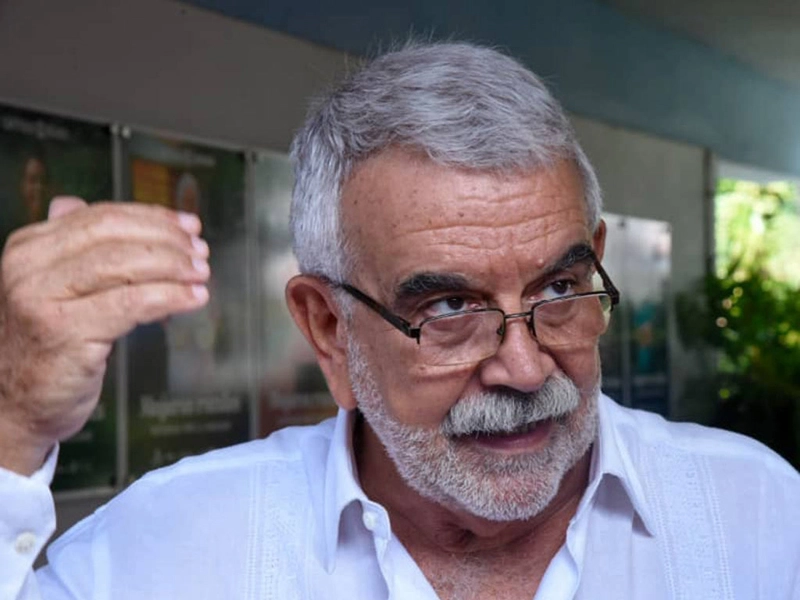Cuba is currently experiencing intense internal population mobility from rural to urban áreas. But also within cities and rural areas, said Antonio Ajas, an authority on demographics and migration.
In an exclusive interview with Prensa Latina, the director of the Center for Demographic Studies (Cedem) at the University of Havana explained that although the island has historically been a country of migration, there is currently a significant movement of people.
Initially, these movements occur from eastern provinces to the west, mainly to Havana. Which is the main recipient but also the largest source of migration abroad, the expert noted.
“Migration always generates migration; there are social networks that attract new migrants. Migration from rural to urban areas has always existed in Cuba. A phenomenon that is gaining momentum today in the context of greater urbanization,” he asserted.
According to Ajas, the issue represents a challenge for the country’s socioeconomic development strategy, food production, and the progress of rural areas, which are severely depopulated and aging.
He also noted that the island is also experiencing a process of rural-to-rural migration, where people “seek economic, productive, and employment opportunities different from their place of origin, which poses challenges for local development.”
Movement occurs toward the countryside, often within the municipality itself or to rural areas in another province, and this migratory behavior impacts the way in which the economic and social progress of each district is controlled, organized, and prioritized.
Regarding international migration, Ajas confirmed that Cuba has a negative migration balance (far more people emigrate than immigrate), recorded since 1930 and has strengthened since 1959.
In the present century, it has very particular characteristics, because it’s not just migration that leaves and doesn’t return, but rather circular, temporary migration, the expert stated.
This has an impact on the structure of the Cuban population, on the country’s demographic dynamics, and on the age structure of the population. Because essentially young people migrate, with a greater female population, and it has an impact on the total population, he affirmed.
Another peculiarity, he explained, is that for Cuba, the main recipient of its emigration is also the main antagonist of the Cuban nation project: the United States. And this politicizes the issue, mediates it, and means that the Cuban migration issue is not always visible. Only when certain events occur for them.
Today, Ajas added, we are in a different stage; we are talking about the importance of understanding migration. Seeking circularity, a return, and a rapprochement of Cubans living abroad who love the Homeland for the Homeland.
With information from Prensa Latina
- The University of Medical Sciences Receive an Excellence Accreditation - 28 de November de 2025
- A Happy and Fulfilled Woman in the Laboratory - 28 de November de 2025
- Markets welcome new opportunities for foreign investment in Cuba - 28 de November de 2025

